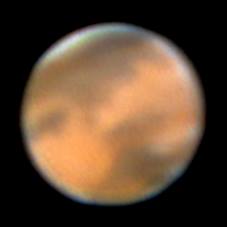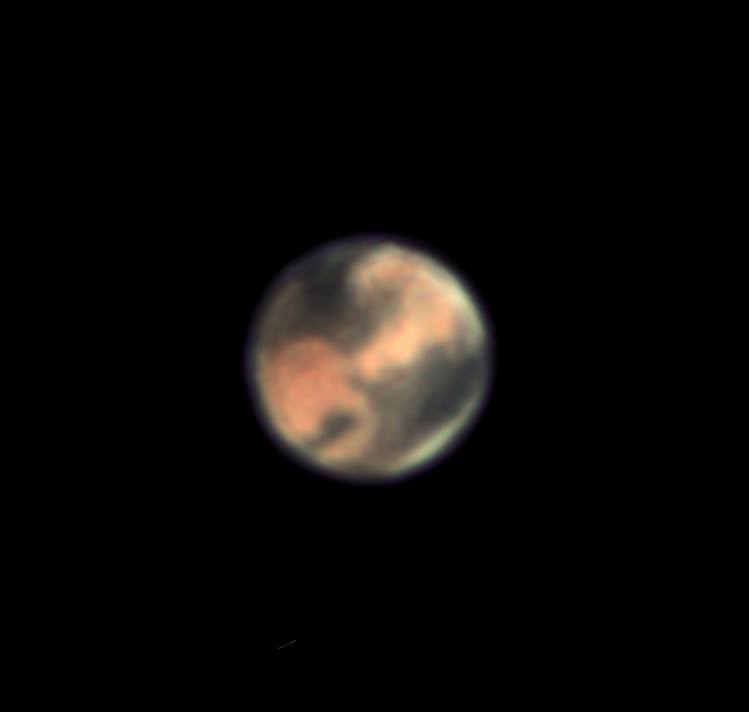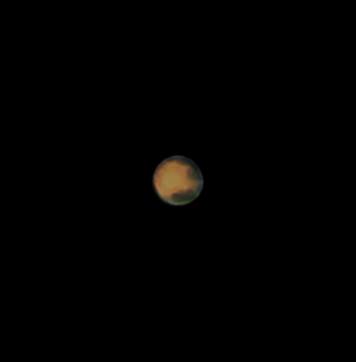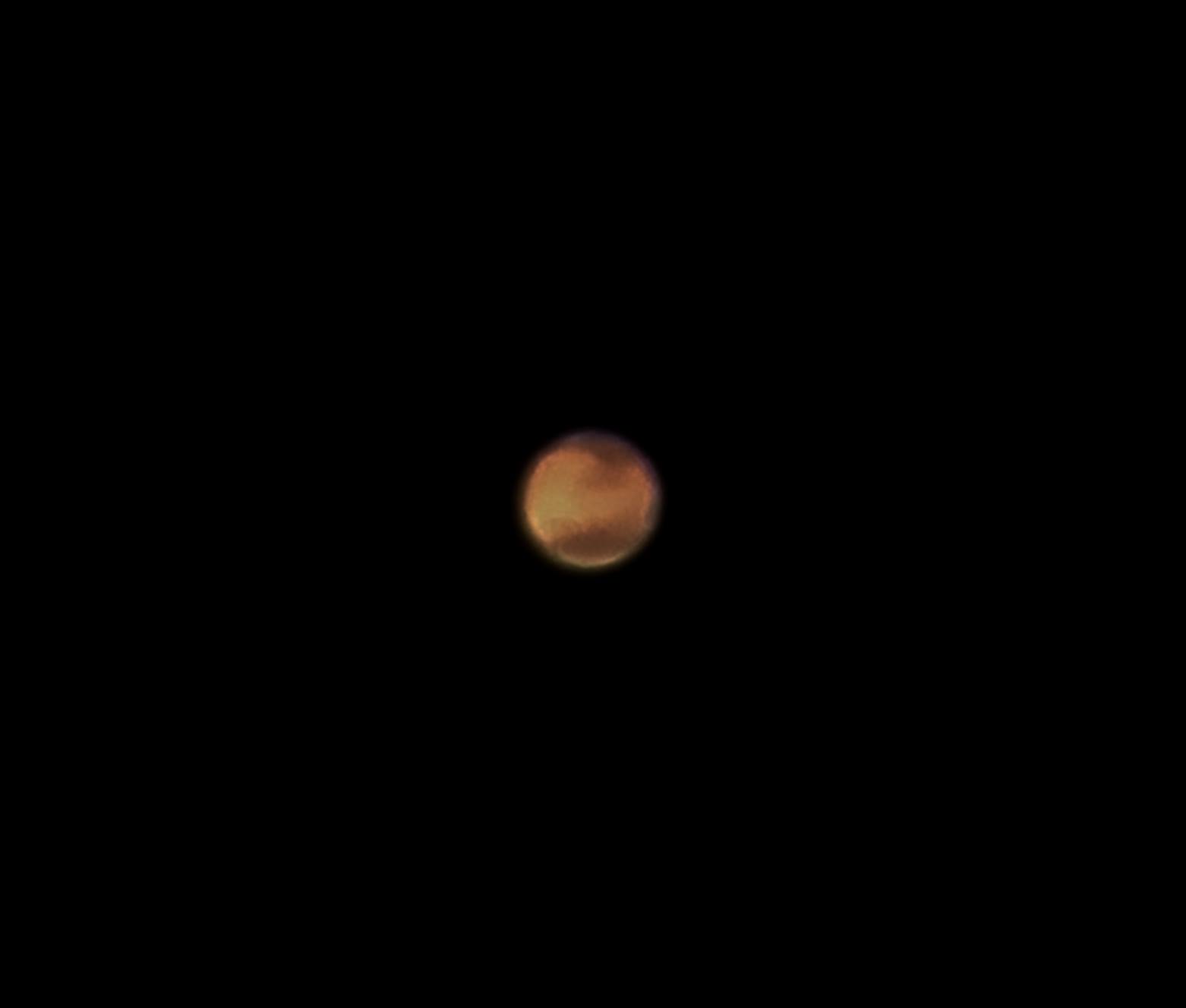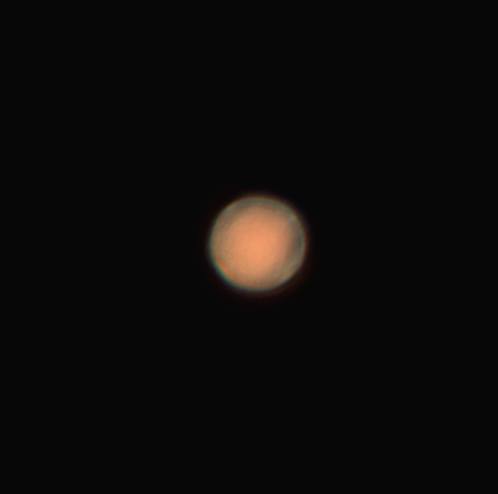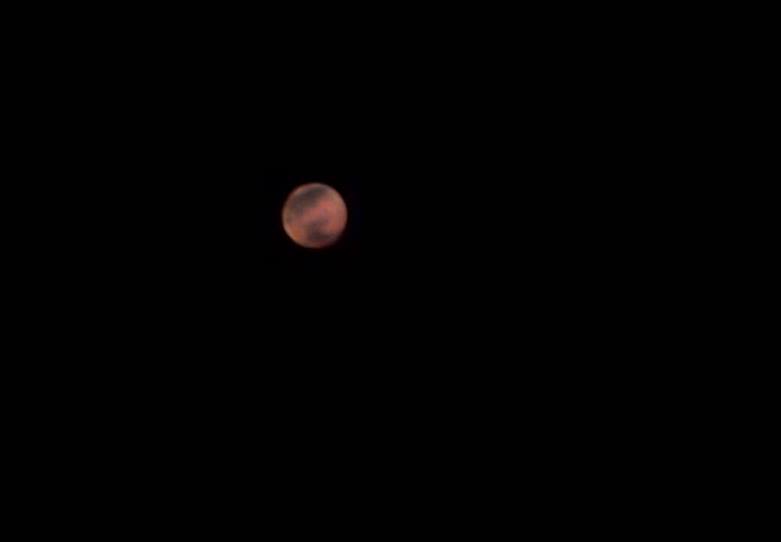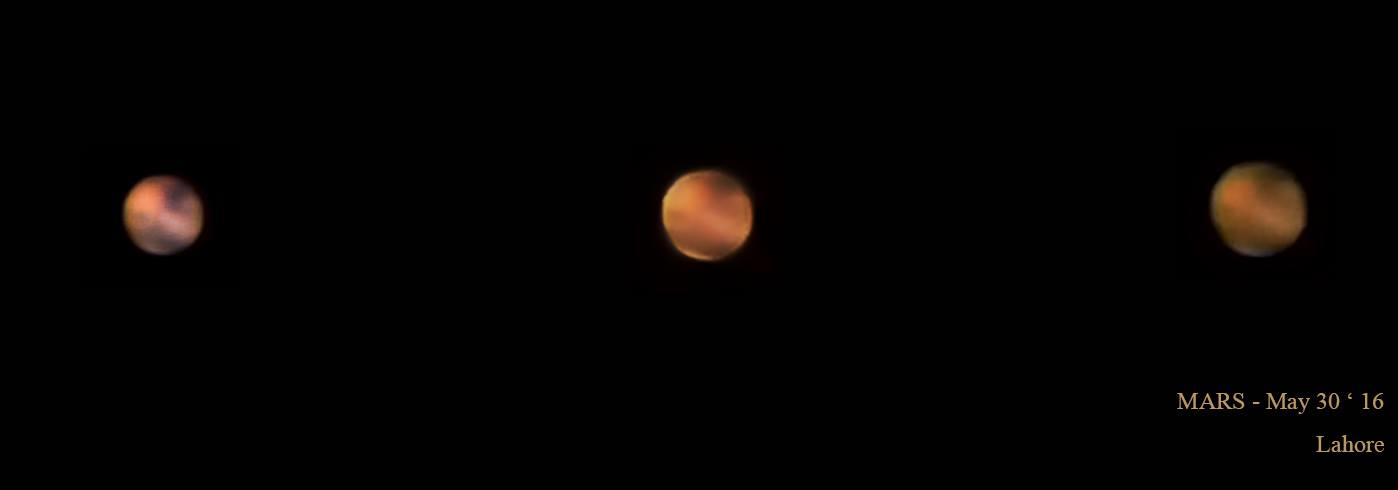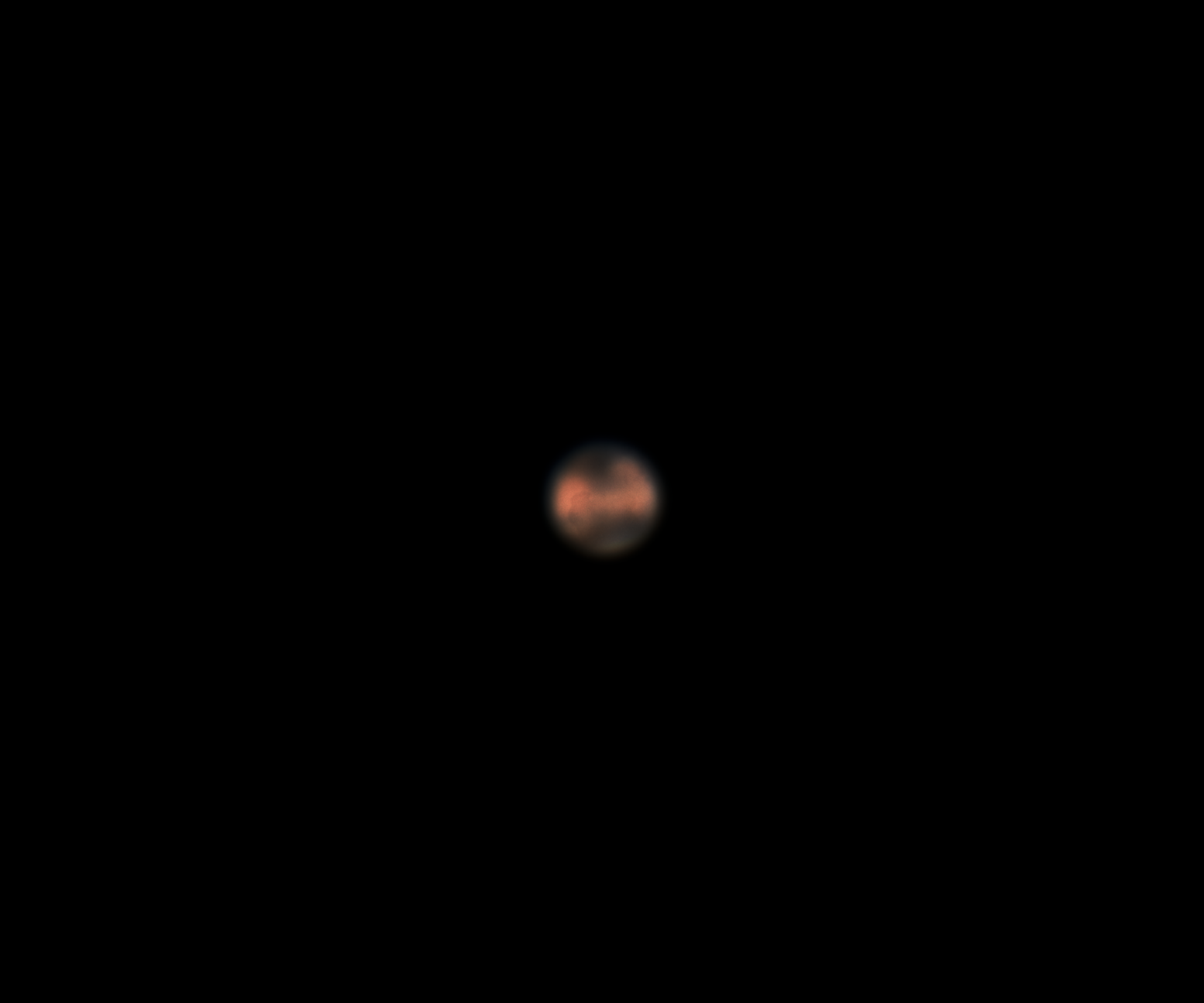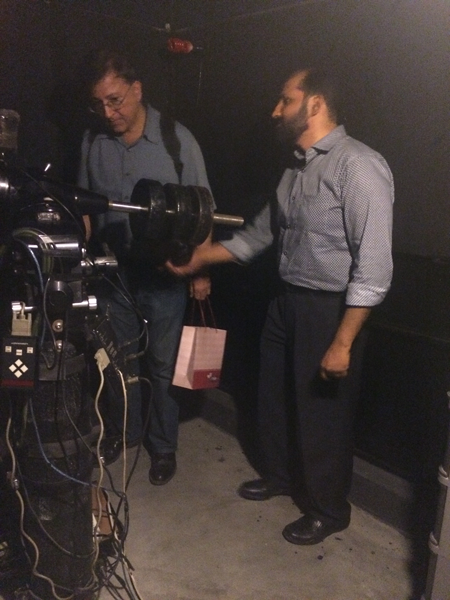Worm gears in the mounts has an inherent error where they introduce a star going back and forth in the image, resulting in a not a perfect round star. Worm gear cannot be made perfect.
Since this is a periodic error, this problem can be reduced by using software to figure out the error and then tell the mount how to move in order to solve the issue. This is called Periodic Error Correction.
Pempro is an amazing software which i have used to ‘perfectly’ polar align my mount and the minimize PE. Recently i had opened the whole mount and cleaned and re-greased everything. Later i put a lot of effort to properly, as far as i can, adjust all the gears back. and today i ran Pempro and here are the results:
On the top right is the PE which is stunningly good for my mount.. i would want to believe that something is not right.. an error of just and arcsond.. really? is Losmandy Titan such an amazing mount? I am very very happy with these numbers.. but seriously.. 1 arcsecond?











